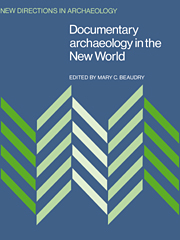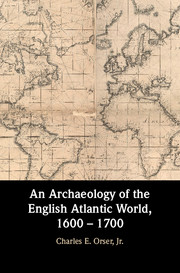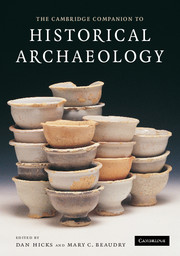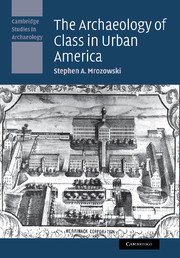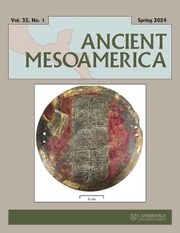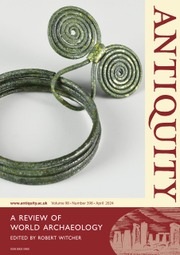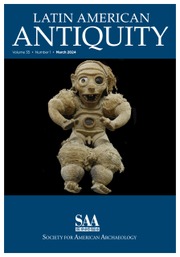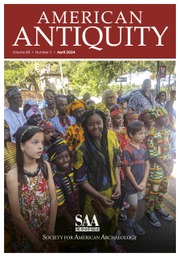Documentary Archaeology in the New World
Designed to appeal to a broad spectrum of archaeologists and historians, Documentary Archaeology in the New World outlines a fresh approach to the archaeological study of the historic cultures of North America which places history alongside anthropology, cultural geography, and a whole range of cognate disciplines. The authors' common belief is that historical archaeologists must develop their own frameworks for interpretation through exhaustive documentary research rather than simply borrow models from colleagues working in the prehistoric past.
- Important advanced student text available in paperback for the first time
- Of interest to archaeologists and to historians of Colonial America
- Collection of well illustrated essays offering a variety of theoretical approaches
Reviews & endorsements
"...remains one of the classic volumes within historical archaeology due to the unique approaches to documentary data that it advocates....This volume has withstood seven years of scholarly scrutiny and remains an important collective work..." Annals of the Association of American Geographers
"...this book contains essays reflecting some of the best research in documentary archaeology in the New World today." American Anthropologist
"...a fascinating collection of essays that chart the international nature of the archaeological record in colonial North America." Nick Sanders, New Scientist
Product details
June 1993Paperback
9780521449991
228 pages
275 × 218 × 12 mm
0.523kg
48 b/w illus. 42 maps 29 tables
Available
Table of Contents
- Introduction
- Part I. Archaeology is Not Enough:
- 1. Legends, houses, families and myths: relationships between material culture and American ideology Anne E. Yentsch
- 2. Perceptions of an artifact: Chinese porcelain in colonial Tidewater Virginia Julia B. Curtis
- 3. Documentary insights into the archaeology of smuggling Peter R. Schmidt, and Stephen A. Mrozowski
- 4. Words for things: linguistic analysis of probate inventories Mary C. Beaudry, Janet Long, henry M. Miller, Fraser D. Neiman, and Garry Wheeler Stone
- Part II. Documents and the Archaeologist: The Data Base:
- 6. Artifacts are not enough Garry Wheeler stone
- 7. The behavioural context of probate inventories: an example from Plymouth colony marley R. Brown III
- 8. Occupational differences reflected in material culture Kathleen J. Bragdon
- 9. On the use of historical maps Nancy S. Seaholes
- 10. Military records and historical archaeology Lawrence E. Babits
- 11. The material culture of the Christian Indians of New England, 1650–1775 Kathleen J. Bragdon
- 12. Anthropological title searches in Rockbridge County, Virginia H. Langhorne and lawrence E. Babits
- Part III. Ecological Questions In Historical Archaeology:
- 13. Farming, fishing, whaling, trading: land and sea as resource on eighteenth-century Cape Cod Anne e. yentsch
- 14. Seasonality: an agricultural construct Joanne Bowen
- Part IV. Consumerism, Status, Gender, and Ethnicity:
- 15. Classification and economic scaling of nineteenth-century ceramics george l. miller
- 16. For gentlemen of capacity and leisure: the archaeology of colonial newspapers stephen A. mrozowoski
- 17. What happened to the silent majority? Research strategies for studying dominant group material culture in late nineteenth-century California Mary Praetzellis, Adrian Praetzellis, and Marley r. brown III.

